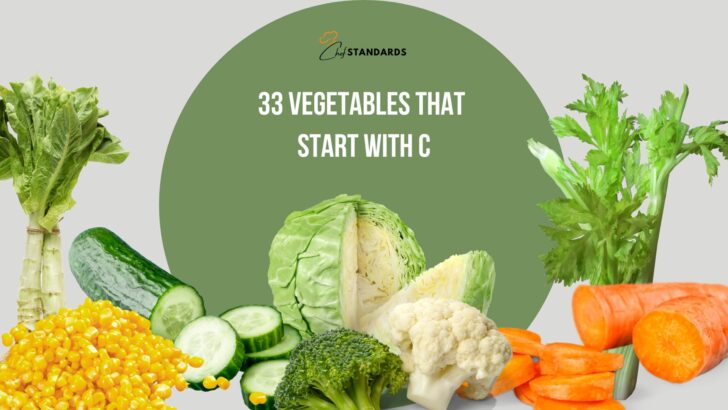The C-Team: Welcome to the world of C-veggies!
Whether you plan on winning that guessing game or want to learn some interesting facts about C-veggies, there’s something for everyone in this fun guide to vegetables that start with C!
1. Carrots
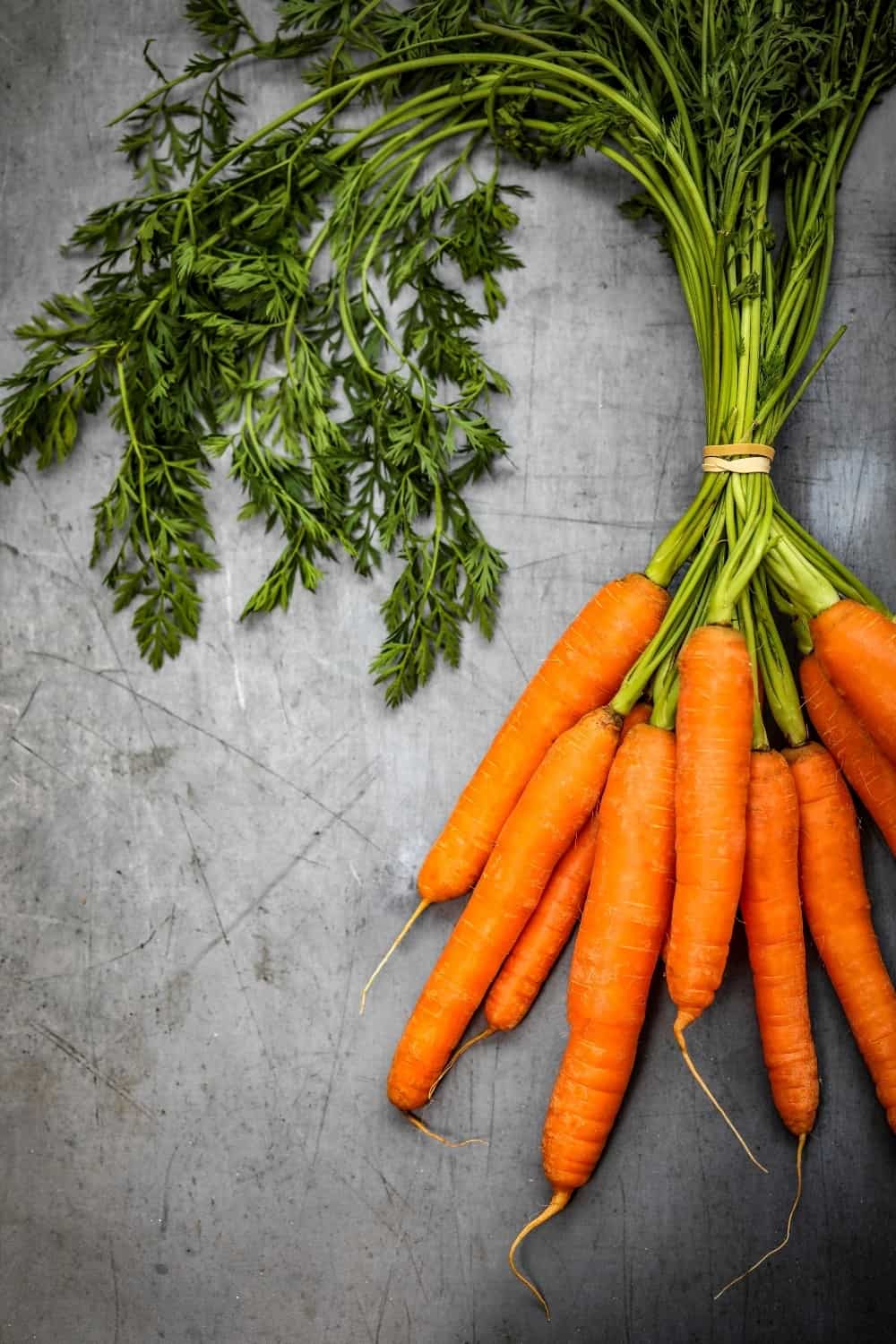
I’m sure most of you didn’t know that carrots aren’t only orange but come in a variety of colors such as purple, yellow, white, and red. Each color has its own unique flavor.
Well, carrots aren’t only colorful but also beneficial to our health. They are a great source of beta-carotene, which is converted to vitamin A in the liver.
DID YOU KNOW? Originally, carrots were purple and were cultivated in what is now Afghanistan. It wasn’t until the 16th century that orange carrots were developed in the Netherlands.
2. Cauliflower
Cauliflower is a member of the family Brassicaceae as broccoli and cabbage. This cruciferous vegetable is a great source of vitamin C, low in calories, and high in fiber.
I don’t know about you but I’ve realized that cauliflower is a great substitute for rice and mashed potatoes, so it has a special place in my kitchen.
3. Curly kale
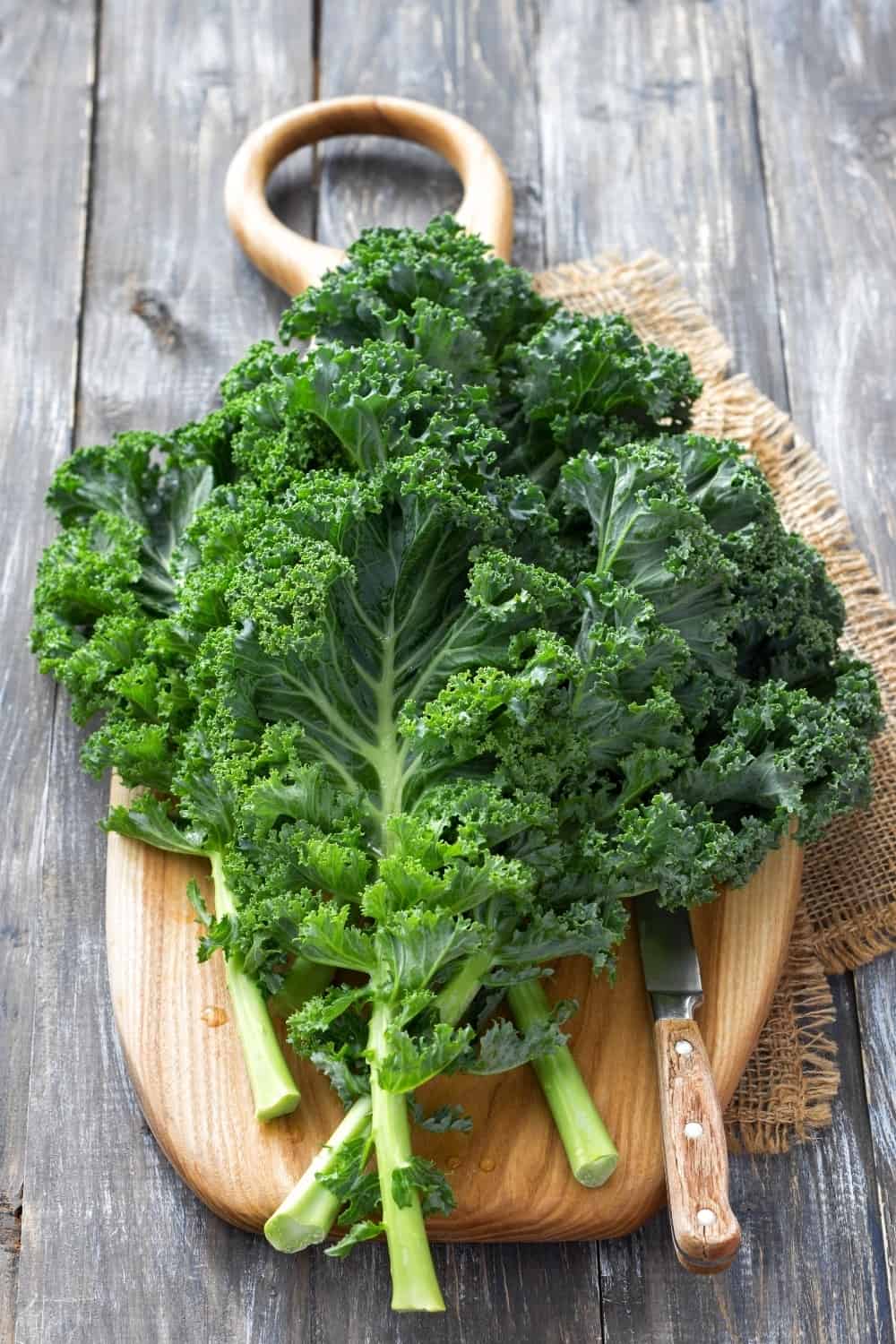
Curly kale has been used in cooking for centuries, particularly in European cuisine. It is a staple ingredient in dishes like Irish colcannon and Italian minestrone soup.
In general, the flavor of kale can be described as strong, bitter, and earthy, but curly kale is the type that is most bitter.
Curly kale is a nutrient-rich vegetable that is high in vitamins A, C, and K, as well as minerals like calcium and potassium.
4. Celtuce (stem lettuce)
Even though celtuce is often referred to as a type of lettuce, it is actually different from common lettuce (Lactuca sativa).
The leaves of celtuce are smaller and more bitter than those of common lettuce. So, the biggest difference is that celtuce is grown for its thick, edible stem rather than its leaves.
5. Corn
DID YOU KNOW? Corn can be considered either a grain or a vegetable, based on when it is harvested.
In fact, corn is the largest crop grown in the United States and is used for a wide range of products, from food and feed to fuel and industrial materials.
One of the most popular is cornstarch, which is produced from the endosperm of corn kernel, and there are many reasons why people eat cornstarch.
6. Cucumber
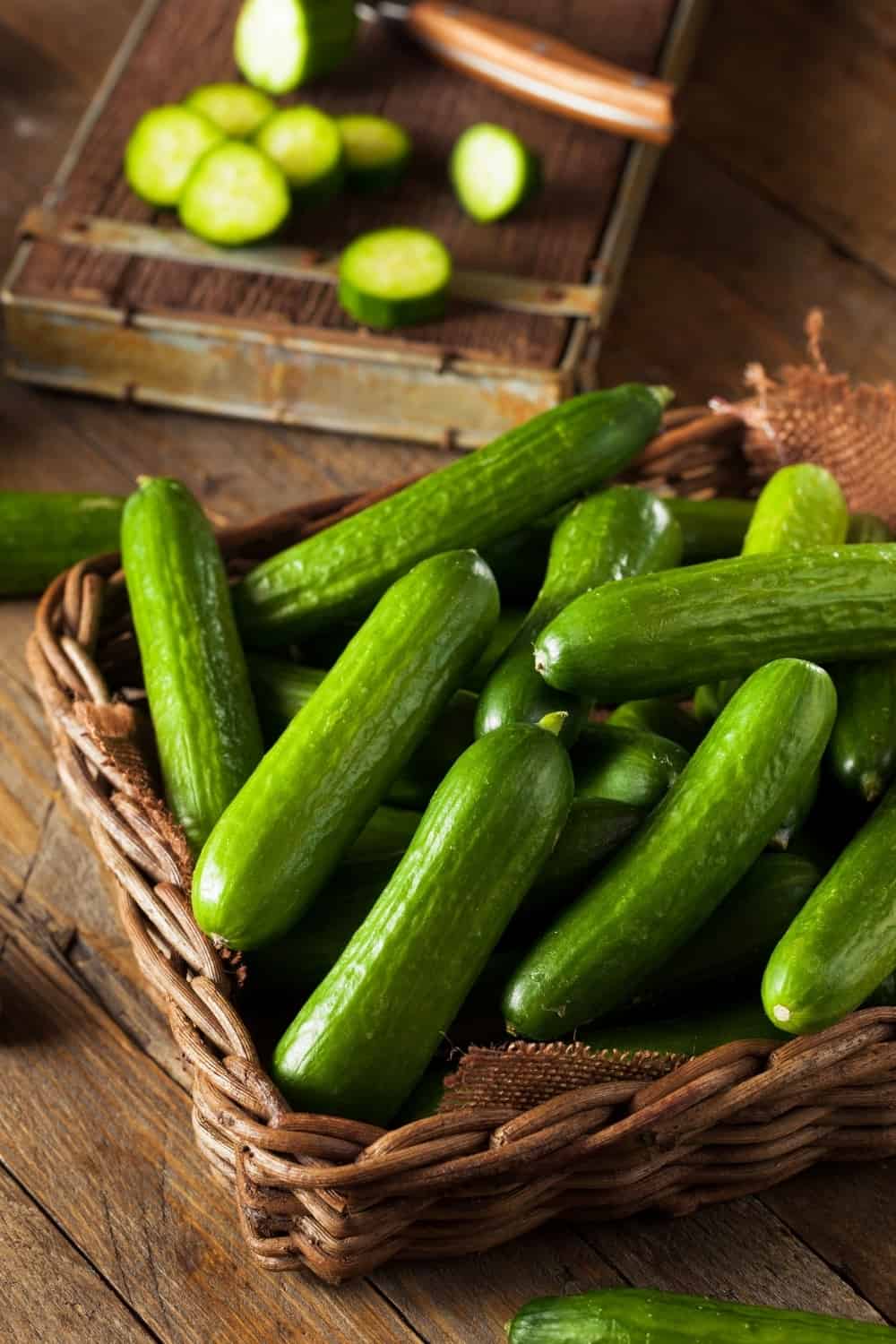
Cucumbers have been cultivated for thousands of years and have a rich history. They were originally grown in India and were brought to other parts of the world by traders and explorers.
Cucumbers are low in calories and high in water content, making them a great choice for those looking to maintain a healthy diet. They are also a good source of vitamin C and antioxidants.
DID YOU KNOW? Cucumbers are 95% water! Because of that, they are highly sensitive to low temperatures, so refrigerating cucumbers is not the best solution.
7. Celery
This crunchy vegetable is commonly used in soups and stews. It is a good source of vitamin K and is known for being a low-calorie snack.
DID YOU KNOW? Celery was originally cultivated for medicinal purposes in the Mediterranean region and was used to treat a variety of ailments. It wasn’t until the 19th century that celery became popular as a food in the United States and Europe.
8. Chard
Chard is a leafy green vegetable that is rich in vitamins A and C. It comes in a variety of colors, including red, white, orange, and yellow.
Unlike many other leafy greens, chard has thick, edible stems that can be cooked and eaten like leaves. The stems are slightly sweeter than the leaves and have a crunchy texture.
9. Collard greens
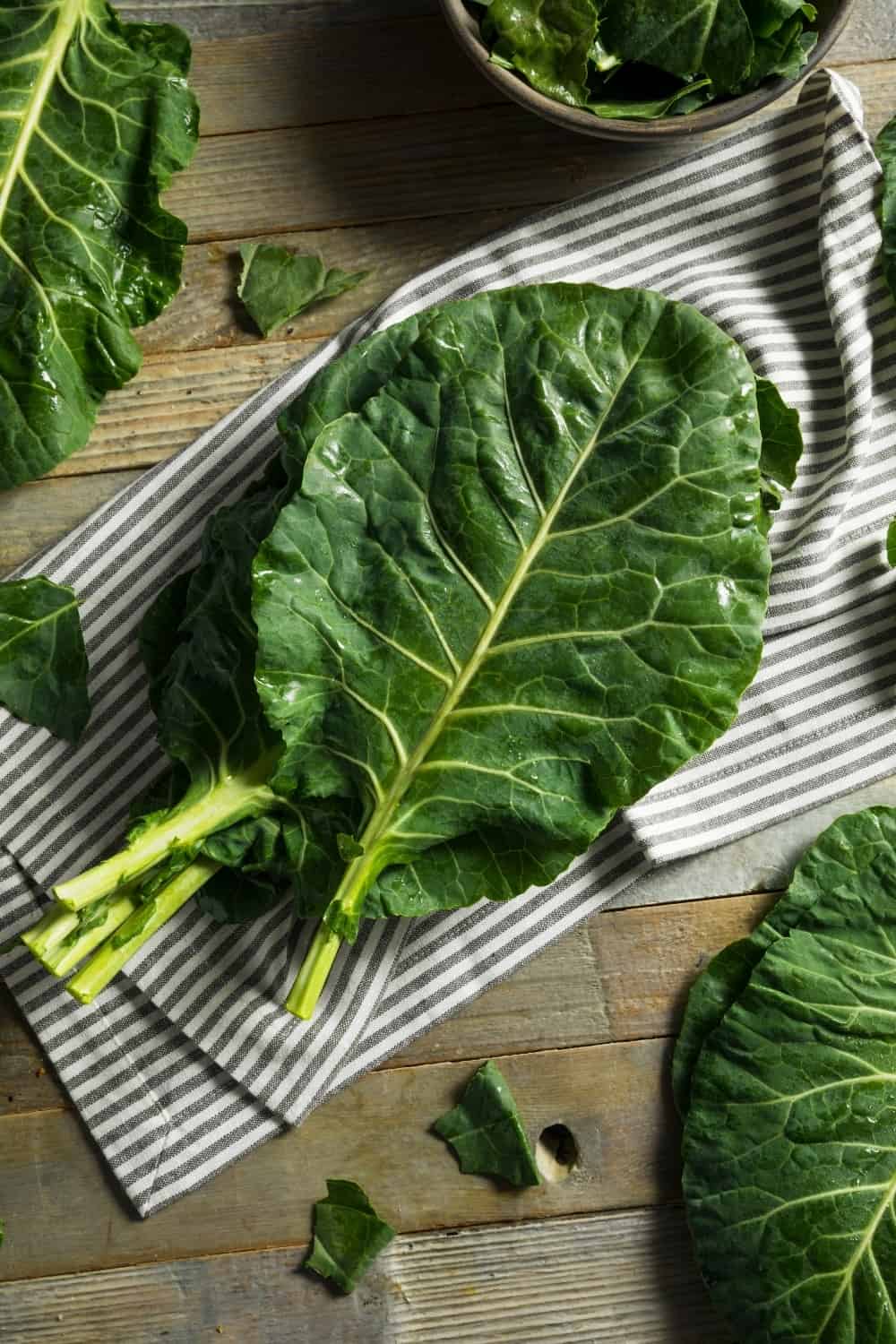
Collard greens are a staple vegetable in Southern cuisine and they are cooked with smoked meats, bacon, or ham hocks.
This leafy green vegetable has a long history in African-American culture, where it was often used in traditional dishes like Hoppin’ John and collard greens and cornbread.
10. Cabbage
Cabbage is low in calories and high in fiber. It is also a good source of vitamins C and K, as well as minerals like potassium and calcium.
DID YOU KNOW? Cabbage was a staple food in ancient Rome and Greece and was brought to North America by European settlers in the 16th century.
11. Cherry tomatoes
Cherry tomatoes are a small and sweet variety of tomatoes that are popularly used in salads or as a snack. Cherry tomatoes are a good source of antioxidants, and they come in a variety of colors, including red, yellow, black, and green.
DID YOU KNOW? Cherry tomatoes can be the size of a pea or as large as a golf ball.
12. Chinese cabbage

Also known as bok choy, Chinese cabbage is a staple ingredient in traditional dishes like Chinese hot pot and Korean kimchi.
Chinese cabbage is low in calories and high in fiber, and it has been associated with a number of health benefits. It reduces inflammation, boosts immune health, and even lowers the risk of certain types of cancer.
13. Celeriac
Celeriac is a root vegetable that is primarily used in soups and stews. It has a mild, nutty flavor and a firm, dense texture.
Celeriac was a popular ingredient in ancient Greek and Roman cuisine and was later introduced to other parts of Europe.
DID YOU KNOW? Celeriac was mentioned in the Iliad and Odyssey as selinon.
14. Chinese mung bean sprouts
Chinese mung bean sprouts are sprouts made of mung beans. They are one of the most popular veggies in Taiwanese and Chinese cuisine.
Chinese mung bean sprouts have a crunchy texture and a slightly sweet flavor, so they are used in combination with other veggies and all kinds of proteins (from beef to chicken).
15. Chinese broccoli
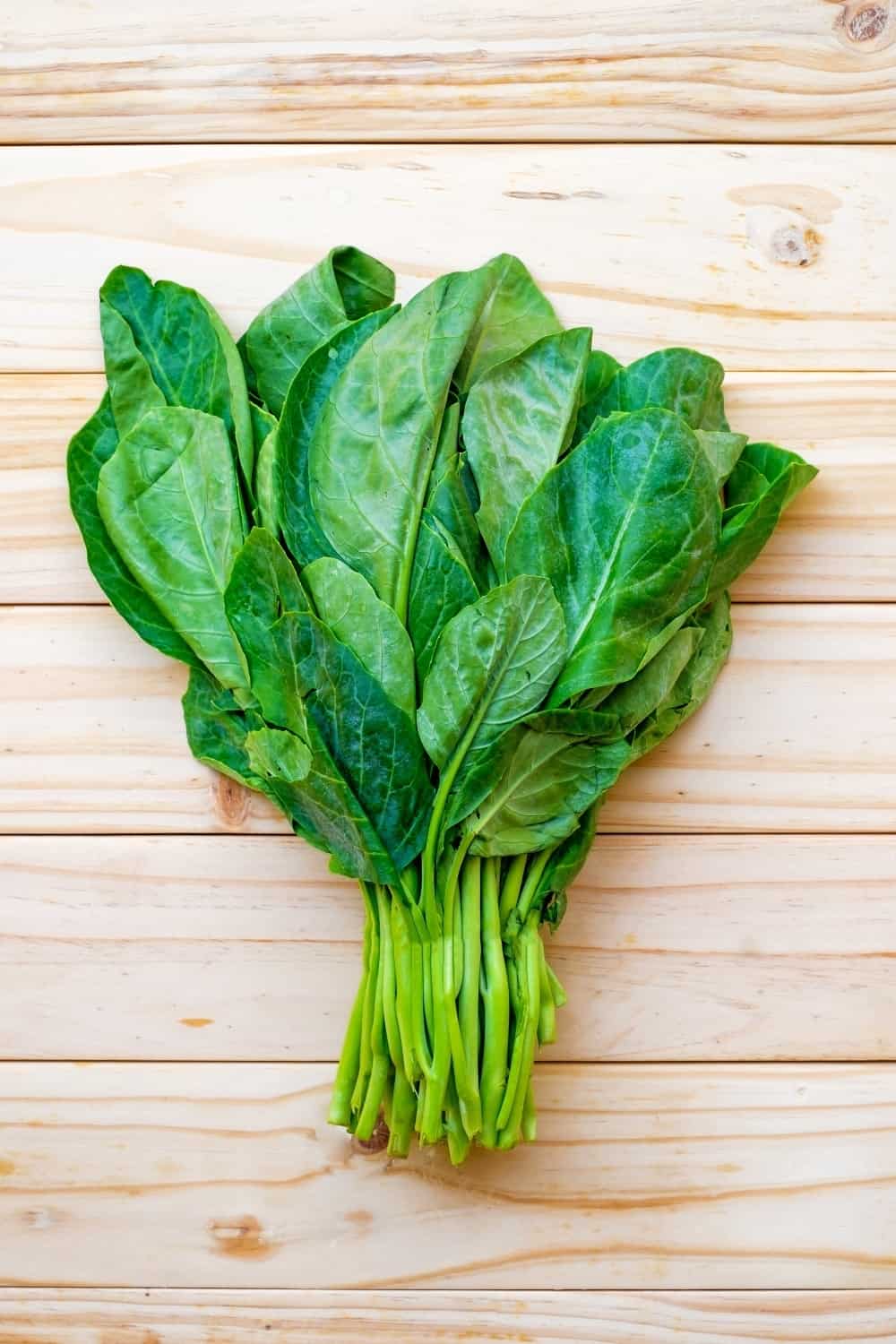
Chinese broccoli is a popular C-veggie in Chinese cuisine, particularly in stir-fries and soups. It has a slightly bitter flavor and a crunchy texture. Chinese broccoli is beneficial for our health because it contains high amounts of key vitamins and minerals.
DID YOU KNOW? Chinese broccoli is also known as gai lan, kai-lan, or Chinese kale.
16. Cipollini onions
“Cipollini” is an Italian word that translates to “little onion” in English. As the name suggests, cipollini onions are smaller than regular onions and have a flattened shape.
They are a popular ingredient in Italian and Mediterranean cuisine where they are caramelized or roasted to bring out their natural sweetness.
17. Chufa
Chufa is a root vegetable that produces groundnuts. It has a sweet, nutty flavor and is extremely popular in Spain’s Valencia region. Chufa is mostly used to make horchata, a popular drink made from ground chufa nuts.
DID YOU KNOW? Chufa is also known as a tiger nut due to its striped texture.
18. Cassava

NOTE: Never consume Cassava raw because it contains naturally occurring forms of cyanide which can be highly poisonous. Most of its toxic components are destroyed by boiling.
Cassava, also known as yuca, is a starchy root vegetable that is an essential ingredient in many Caribbean and Latin American cuisines. Cassava is low in fat and protein, but high in carbohydrates, making it a great source of energy.
This root vegetable has been associated with a number of potential health benefits. Here are some of them: cassava improves immune function, supports blood sugar management, and enhances collagen production.
19. Cocozelle squash
Cocozelle squash (cocozelle zucchini) has thin, light, and dark green stripes. Cocozelle squash is a popular ingredient in Italian cuisine and is used in traditional dishes like minestrone soup and pasta primavera.
DID YOU KNOW? Cocozelle squash has been available since 1885.
20. Cress
Cress is a leafy green vegetable with a peppery, slightly bitter flavor that is often used as a garnish or added to salads and sandwiches. It is also used in sauces and dressings, particularly in French cuisine.
Cress is low in calories and a good source of vitamins and minerals, especially vitamin C, and potassium.
21. Chives
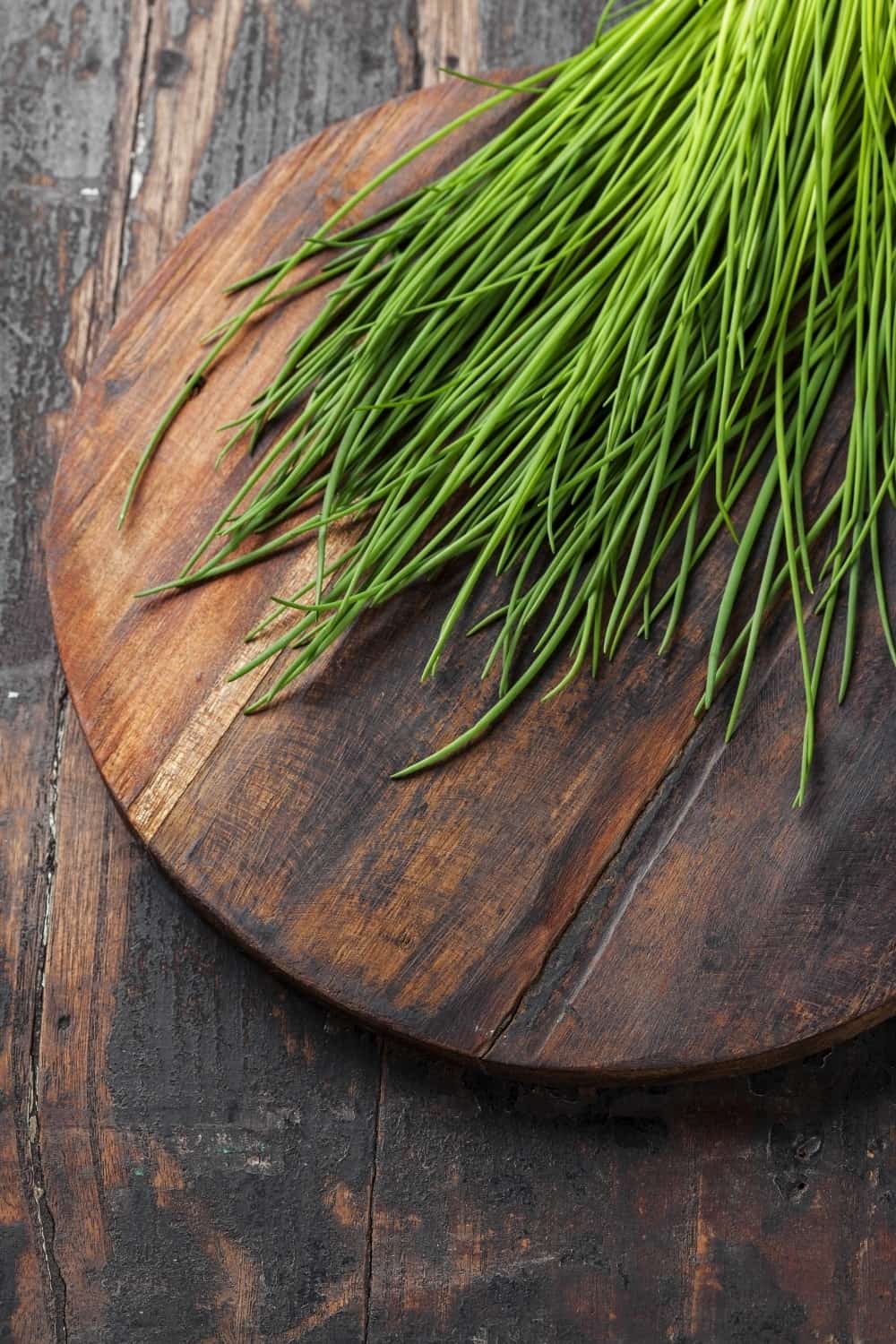
Chives are a popular green vegetable in many cuisines, particularly French and Asian. They have a mild, onion-like flavor and can be used fresh or dried in a variety of dishes (from soups and stews to salads and sandwiches).
DID YOU KNOW? Chives are popular plants for pollinators like bees and butterflies, as they produce attractive flowers that are rich in nectar.
22. Cornichons
Cornichons are a type of small and sour pickle that is commonly used as a snack. They are native to India and were integrated into French cuisine in the 1700s where they are often served with pâté or cheese.
Cornichons help improve muscle building, control blood pressure, help digestion, and increase bone growth.
23. Crithmum maritimum
Also known as rock samphire and sea fennel, this leafy vegetable has a unique flavor that is similar to that of fennel and celery. It can be used in salads or as a seasoning for fish dishes.
DID YOU KNOW? Crithmum has a long history of use in Mediterranean cuisine and was a popular ingredient in Roman cuisine. It was also used by sailors to prevent scurvy during long sea voyages due to its high vitamin C content.
See also: 27 Vegetables That Start With P (From Potato To Peas!)
24. Cleome gynandra

Cleome gynandra is a species of Cleome used as a green vegetable in salads or as a garnish. It is also known as African cabbage, Shona cabbage, spiderwisp, cat’s whiskers, and others.
DID YOU KNOW? Cleome is an essential plant in many ecosystems, as it provides food and habitat for a variety of insects and animals.
25. Cardoon
Cardoon is a member of the thistle family and has a similar flavor to artichokes. It is popularly used in Mediterranean cuisine, especially in dishes like stews, soups, and gratin.
DID YOU KNOW? In addition to its culinary and medicinal uses, cardoon has also been used in traditional textiles. The fibers from the stems of the plant were used to make paper, ropes, and textiles in parts of Europe and Asia.
26. Curly endive
Curly endive is a leafy green commonly used in salads and sandwiches. It is also used in soups, stews, and sautés.
DID YOU KNOW? In the Netherlands, curly endive is a popular ingredient in a traditional dish called stamppot, which is made from mashed potatoes with veggies. The dish is considered the comfort food of the Netherlands.
27. Chicory
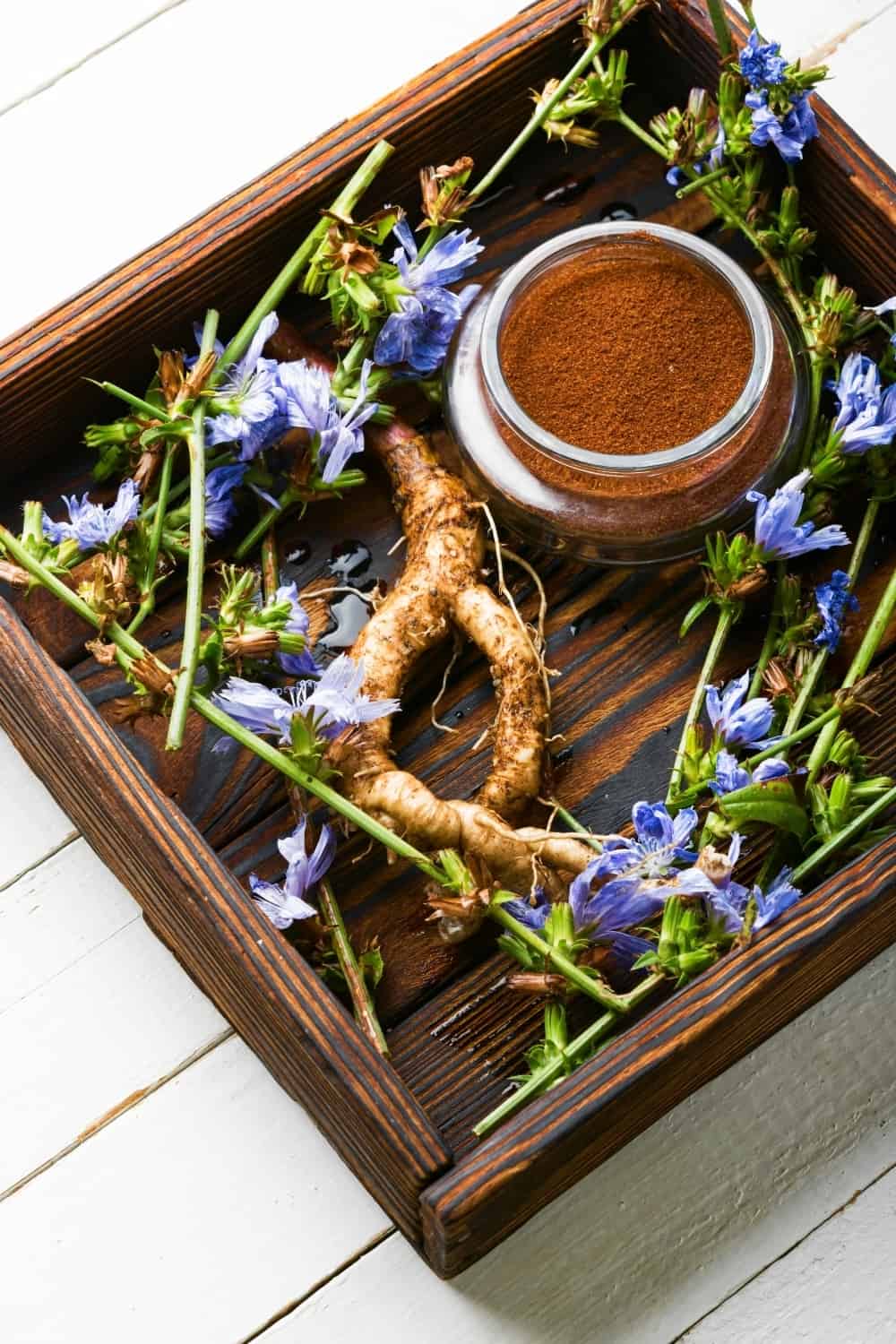
Chicory is a leafy green used in salads. In some parts of the world, chicory is used as a substitute for coffee because it has a similar flavor but it doesn’t contain caffeine.
Chicory is a rich source of beta-carotene, and essential minerals such as magnesium, potassium, and calcium. Chicory has plenty of health benefits.
28. Chinese okra
Chinese okra, also known as angled luffa or angled gourd, is a green, low-calorie vegetable and an excellent source of vitamins and minerals.
In terms of culinary uses, Chinese okra’s mild, slightly sweet flavor, and crunchy texture make it a versatile ingredient in various dishes such as stir-fries, soups, and stews.
29. Chrysanthemum greens
Chrysanthemum greens are a leafy green closely associated with Chinese and Korean cuisine. Chrysanthemum greens are named for their leaves, which resemble the petals of a chrysanthemum flower.
DID YOU KNOW? In Chinese culture, Chrysanthemum greens are often associated with longevity and are sometimes referred to as “longevity greens.”
30. Chickpeas
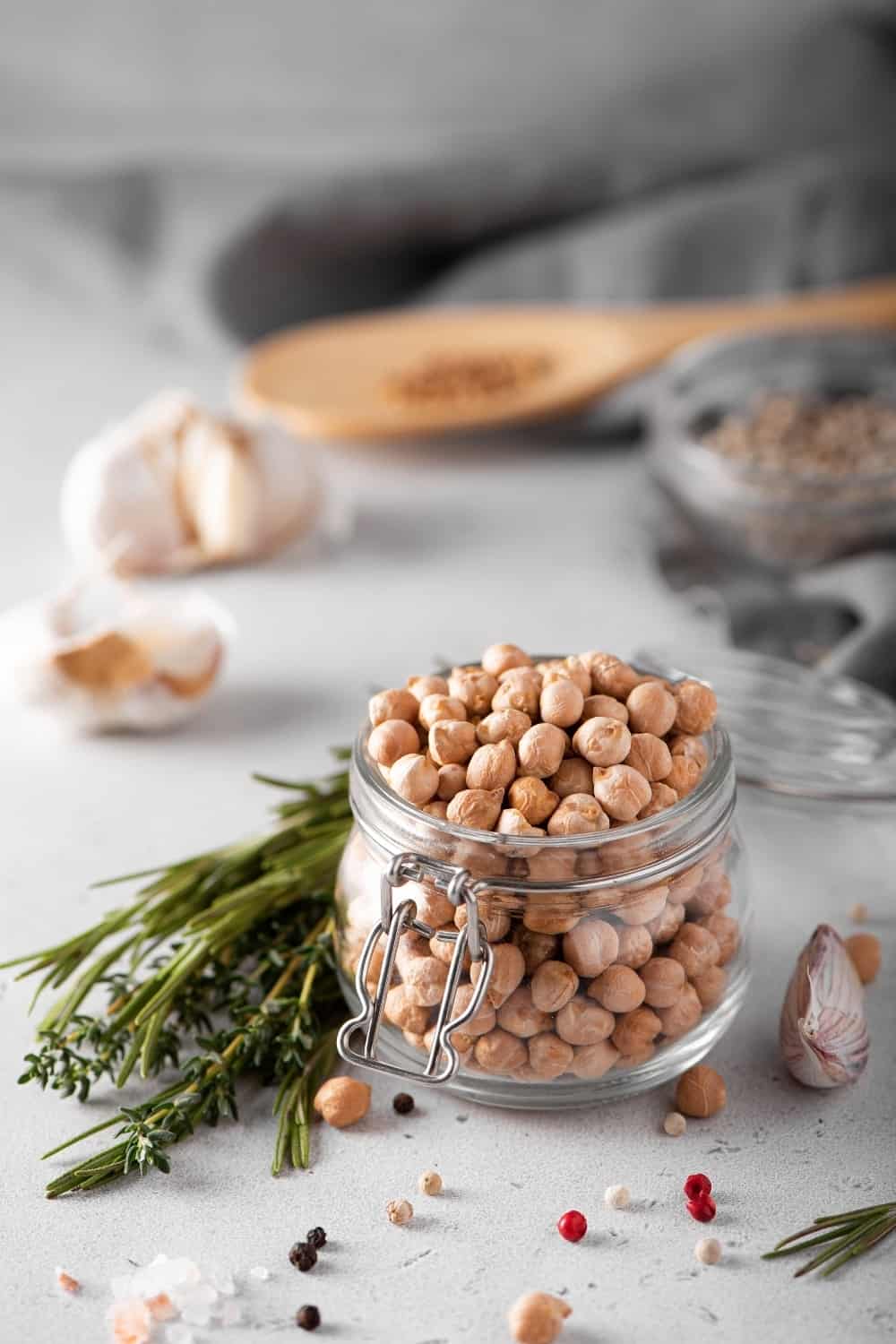
Chickpeas, also known as garbanzo beans, are a legume that is often used in Mediterranean cuisine. They are a good source of protein and fiber and a great substitute for black beans.
Chickpeas can be prepared in a variety of ways, from roasting and boiling to grinding into flour. They can also be used as a meat substitute in vegetarian and vegan dishes.
31. Chaya
NOTE: Never consume Chaya raw because it contains naturally occurring forms of cyanide which can be highly poisonous. Most of its toxic components are destroyed by boiling.
Chaya is a not-so-known leafy green vegetable that grows in dry tropic regions. Chaya is also known as chaya col, tree spinach, kikilchay, and chaykeken. Chaya is a good source of vitamins, protein, calcium, and iron.
32. Ceylon spinach
Here’s something you probably didn’t know: Ceylon Spinach is actually a member of the Basellaceae family, and not the spinach family. The common names include Vine spinach, Malabar Spinach, Buffalo spinach, and others.
Ceylon spinach is high in vitamins A, C, calcium, and iron. It can be eaten raw, in salads, or it can be used as a substitute for spinach in soups and stews.
33. Crosnes

Crosnes is a small tuber vegetable native to Japan and China. Crosnes are also commonly known as Japanese artichoke, Chinese artichoke, chorogi, and knot root.
The vegetable was believed to have aphrodisiac properties and it was served as a delicacy to Chinese emperors.
What’s Your Favorite C-Veggie?
From the nutty sweetness of celeriac root to the bitter flavor of Chinese broccoli, there’s a C-veggie to suit every palate.
The C-Team: So, what’s your favorite C-veggie? Is it the comforting, hearty flavor of collard greens, or the delicate crispness of chrysanthemum greens?
Whatever your preference, all these veggies are a great way to add variety and nutrition to your diet. So, why not try something new and discover your next favorite C-veggie?

